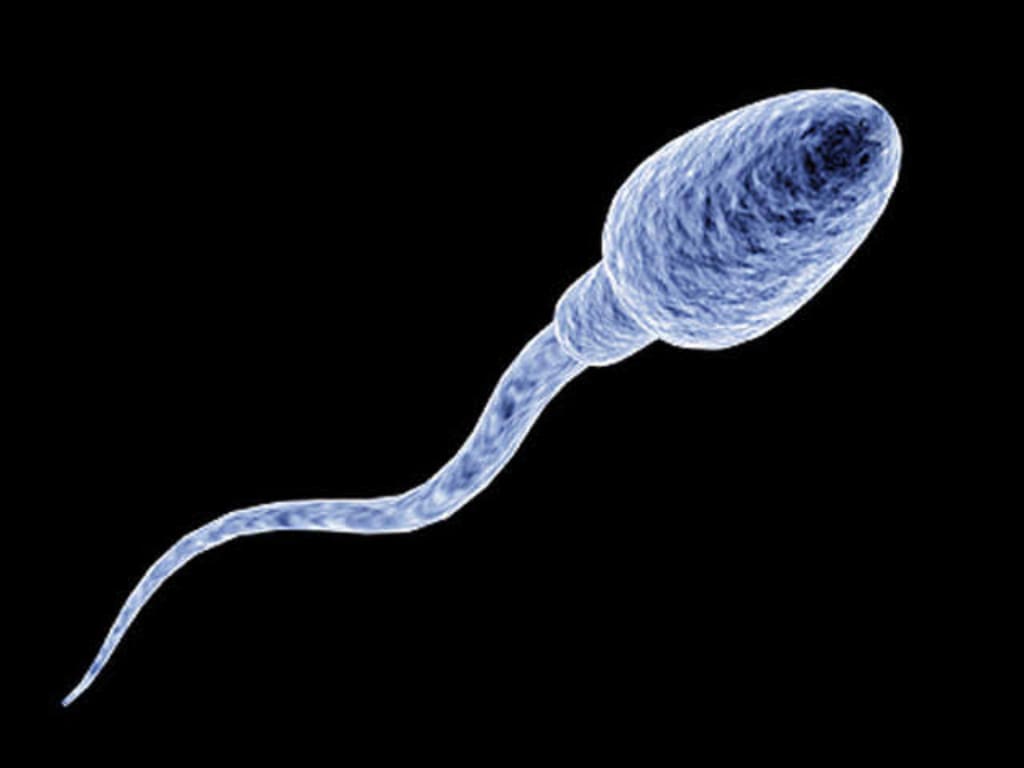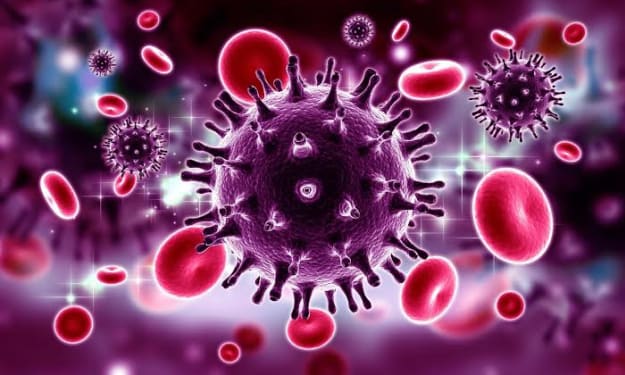SPERM SURVIVAL WHEN EXPOSED TO AIR
Sperm durability when exposed to air.

The survival of sperm when exposed to air is a topic of interest, particularly in the context of human reproduction and assisted reproductive technologies. Sperm, the male reproductive cells responsible for fertilizing eggs, are delicate and highly specialized cells. Their ability to survive outside the male reproductive tract is limited, and exposure to air can have significant consequences for their viability.
Sperm are uniquely adapted for their primary function, which is to swim through the female reproductive tract and fertilize an egg. To maintain their functionality, they require a controlled environment characterized by specific temperature, pH levels, and moisture conditions. When sperm are exposed to air, several factors come into play that can affect their survival.
1. **Desiccation**: One of the most critical challenges sperm face when exposed to air is desiccation, or drying out. Sperm are extremely sensitive to changes in moisture levels. The fluid in which they are naturally found, called seminal fluid, provides a protective environment. In the absence of this fluid, the sperm's delicate membrane can become damaged due to dehydration, rendering them nonviable.
2. **Temperature**: Sperm are highly sensitive to temperature fluctuations. The temperature inside the male reproductive tract is carefully regulated to ensure the survival and functionality of sperm. Exposure to the air can lead to rapid temperature changes, which can harm sperm. Extreme cold or heat can cause structural damage to the sperm's proteins and DNA.
3. **Oxygen Exposure**: While oxygen is essential for most forms of life, it can be harmful to sperm. Sperm are adapted to function in environments with low oxygen levels. In the male reproductive tract, they are protected from direct exposure to oxygen. When exposed to air, the high oxygen concentration can lead to oxidative stress, damaging the sperm's DNA and impairing their motility.
4. **pH Levels**: The pH levels in the male reproductive tract are slightly alkaline, which is ideal for sperm survival. Exposure to the air can result in a change in pH, which may adversely affect sperm. Altered pH levels can disrupt the sperm's ability to swim and penetrate the protective barriers surrounding the egg.
5. **Exposure Duration**: The duration of exposure to air is a crucial factor. Sperm can withstand brief exposure better than prolonged exposure. In clinical settings, sperm samples are typically processed quickly to minimize the time they spend exposed to the air. This is especially important in assisted reproductive technologies like in vitro fertilization (IVF), where sperm are collected and prepared for fertilization.
6. **Semen Preparation**: In clinical and laboratory settings, specialized techniques are employed to protect sperm from the harmful effects of air. Semen samples are collected and processed in a controlled environment to maintain optimal conditions for sperm survival. This often involves diluting the semen with a protective medium and maintaining a suitable temperature and pH.
7. **Storage and Transport**: When sperm need to be transported for artificial insemination or IVF procedures, they are carefully packaged to minimize exposure to air. Cryopreservation techniques, such as freezing sperm in liquid nitrogen, are also used to extend their viability for extended periods.
In summary, the survival of sperm when exposed to air is a complex interplay of various factors, including desiccation, temperature, oxygen levels, pH, exposure duration, and semen preparation. Sperm are highly specialized cells that require specific conditions for optimal function, and exposure to air can compromise their viability. To harness the reproductive potential of sperm for assisted reproductive technologies, careful handling and controlled environments are essential to protect these delicate cells from the potentially detrimental effects of air exposure.





Comments
There are no comments for this story
Be the first to respond and start the conversation.